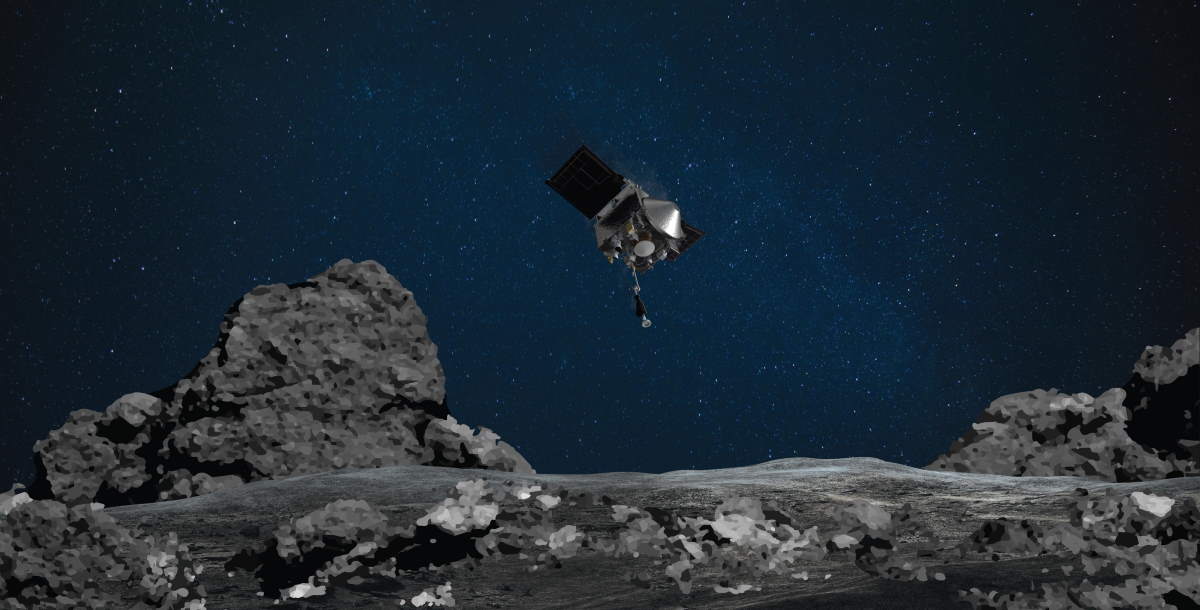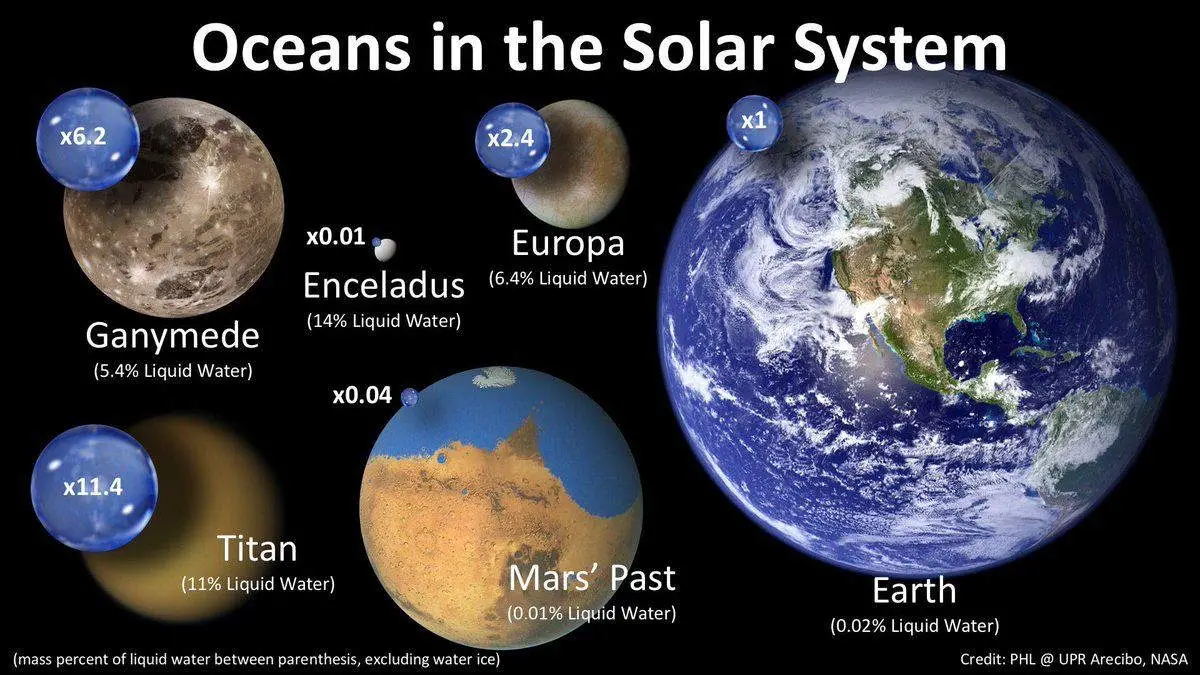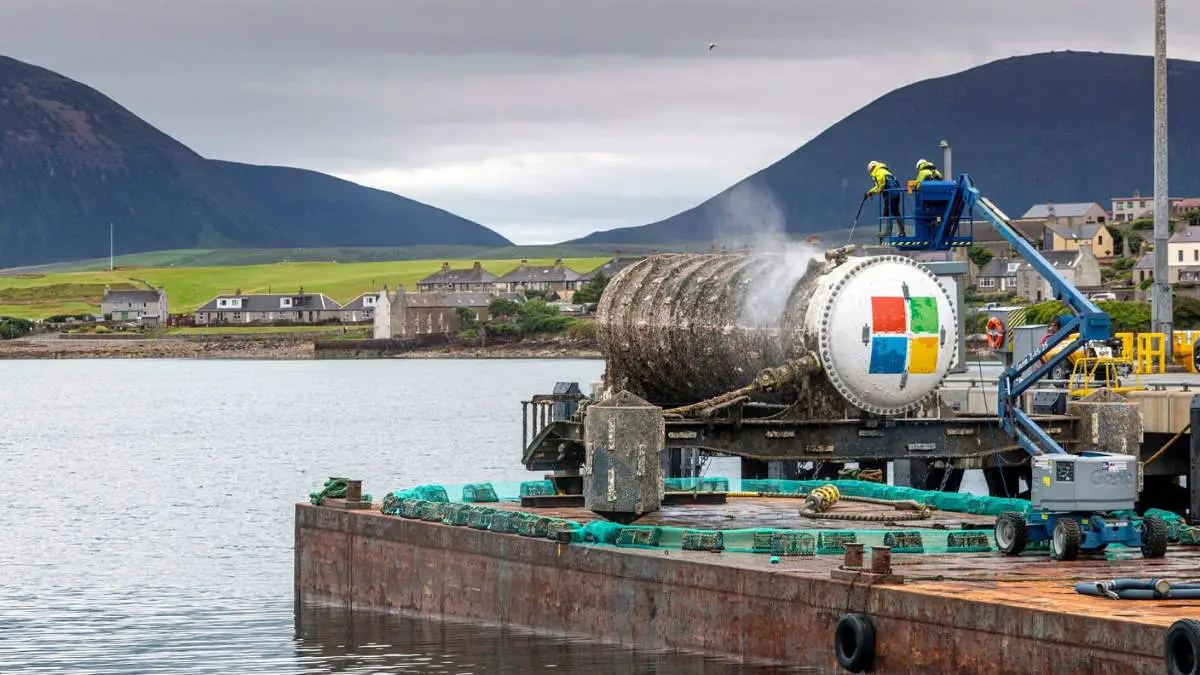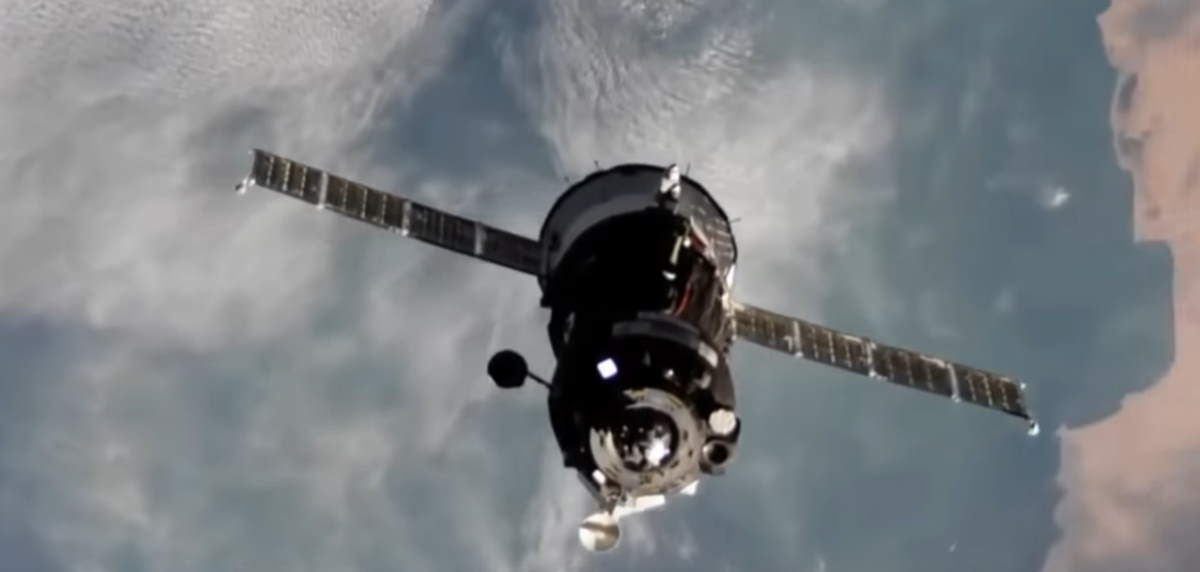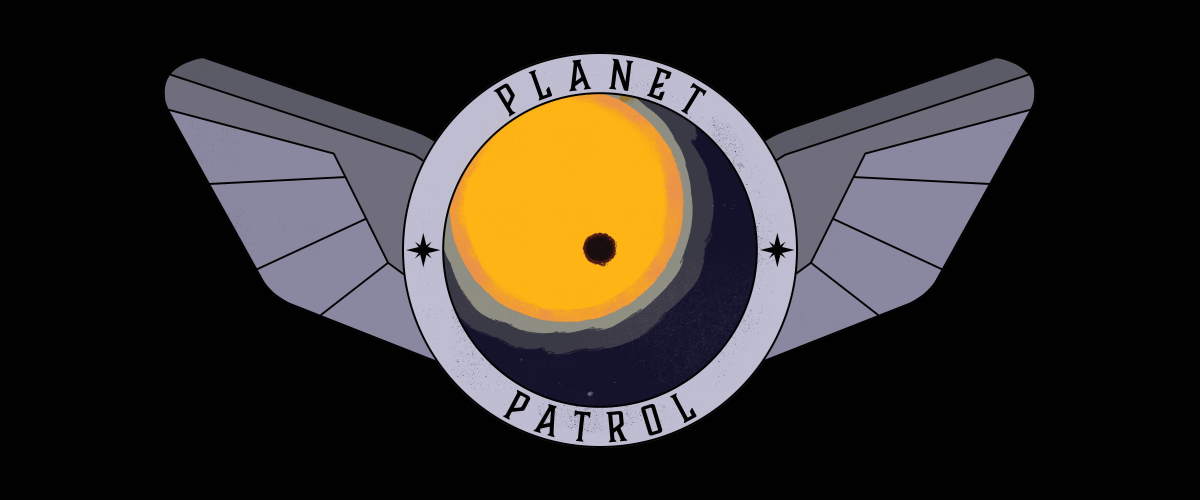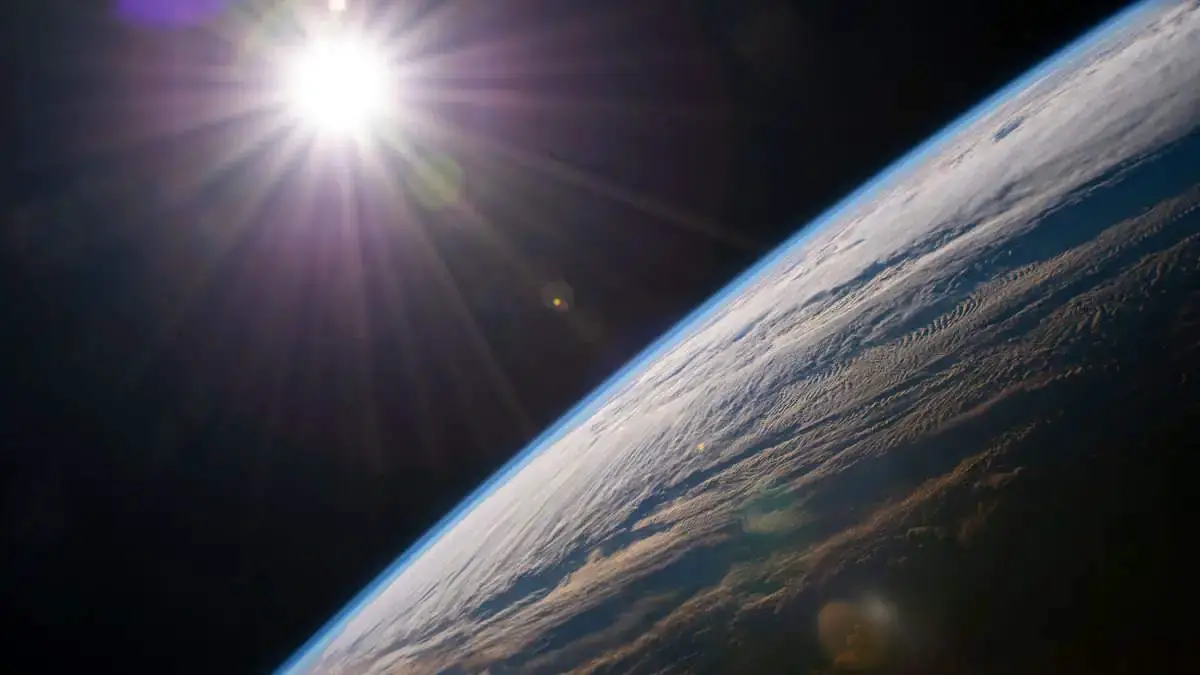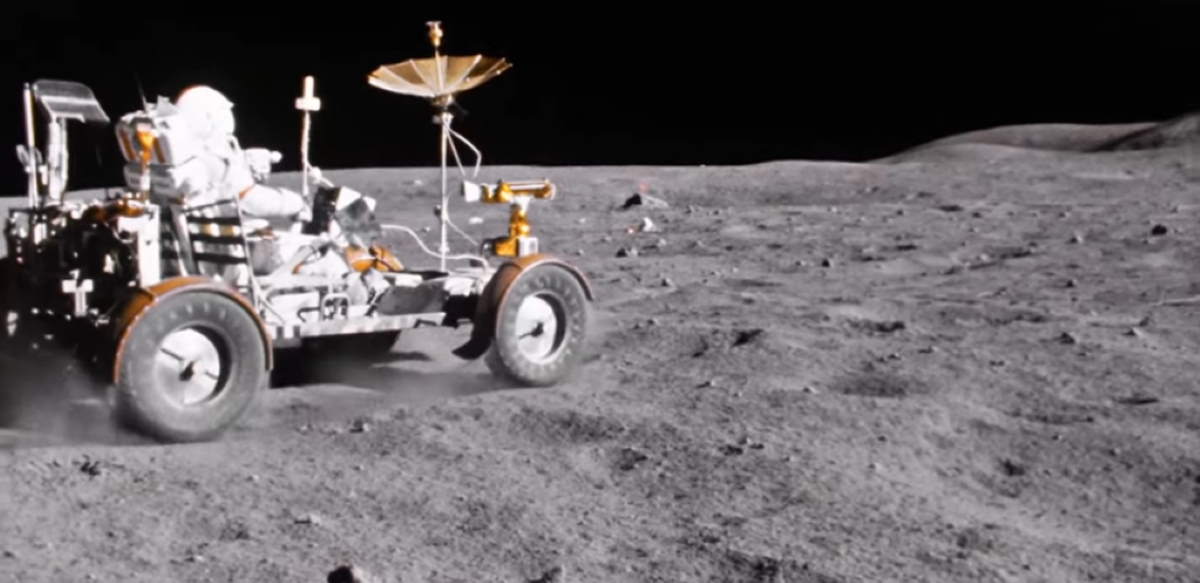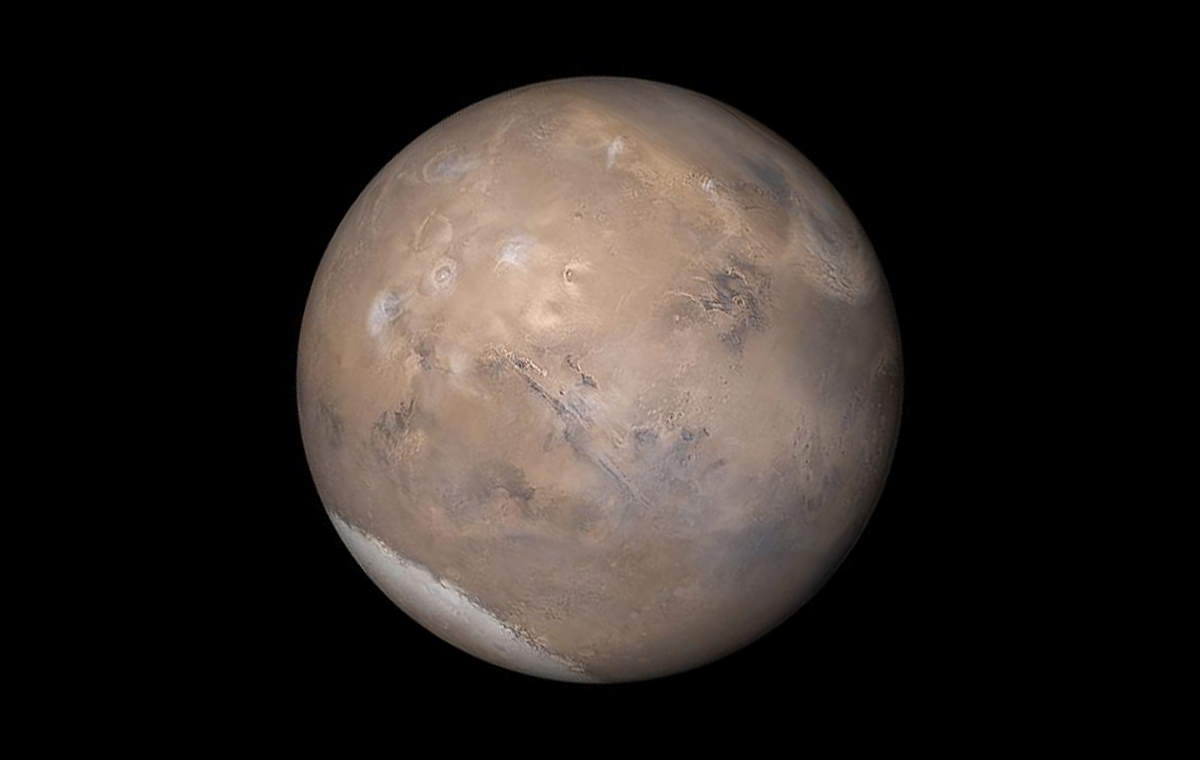By now, it’s common knowledge that smart home devices can help with a variety of daily tasks. From asking your Alexa device what song is playing to checking your phone to see who just rang your doorbell, more people are buying smart devices to fill a variety of life needs and interests.
With increased technology, though, people have also begun to see the environmental benefits of these devices. Smart home devices can help regulate home temperature, reduce water use, and conserve energy, among other things.

